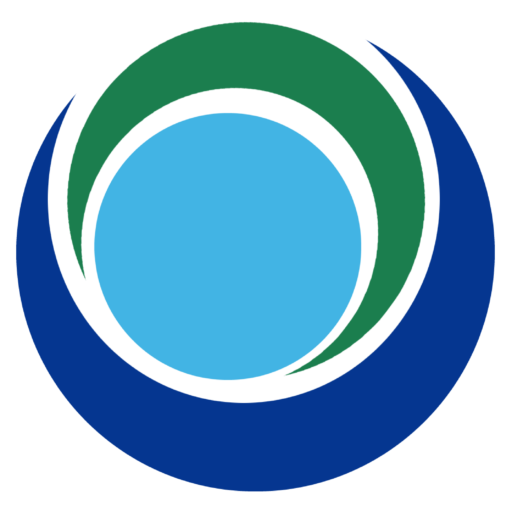New Code of Good Practices for Fish Welfare in Aquaculture – European aquaculture is about to take a significant step towards a greater focus on animal welfare, thanks to the work of the EU’s Aquaculture Assistance Mechanism (AAM). By the end of 2024, the AAM will produce a core document on general good practices in fish welfare, enriched with specific indicators addressing each life stage of farmed fish and different production methods. This document takes into account the recommendations contained in the Code of Good Practices for Aquaculture Producers on Fish Welfare, prepared by the Aquaculture Advisory Council (AAC) and submitted to the European Commission.
The initiative stems from the efforts of the EU’s Directorate General for Maritime Affairs and Fisheries (DG Mare), which recognised the importance of providing shared guidelines to harmonise aquaculture practices across Europe. DG Mare confirmed its support for the process in an official letter, emphasising the value of the input received from the CAA and the importance of collaboration with the European Reference Centre for Aquatic Animal Welfare (EURCAW-aqua).
A scientifically reviewed document
DG Mare announced that the good practice document will undergo a rigorous review by EURCAW-aqua in early 2025. This step will ensure the scientific reliability of the proposed guidelines, which will then be presented to Member States and the CAA (Advisory Committee on Aquaculture) before their final approval.
Scientific review is a crucial element in ensuring that good practice is based on up-to-date, factual evidence. EURCAW-aqua will work in parallel in 2024 on the development of species-specific indicators for common carp and bass, focusing in particular on the critical stages of transport and harvesting. These indications will be integrated into a broader vision, which aims to improve fish welfare at every stage of the production cycle.
The value of the AAC recommendations
The role of the Aquaculture Advisory Council has been instrumental in setting priorities and guidelines for fish welfare in aquaculture. The recommendations sent to the European Commission include not only technical guidance, but also a wide range of reference material reflecting the experiences and needs of the industry. DG Mare expressed its gratitude for this contribution, which provided a solid basis for the development of the code.
A significant impact for the aquaculture sector
The introduction of common guidelines on fish welfare represents an opportunity to consolidate European aquaculture as a global leader in sustainability and ethical responsibility. In addition to responding to growing consumer expectations in terms of ethics and quality, the new code will help improve the competitiveness of the industry by offering practical tools to optimise farm management.
The indicators developed will be key to monitoring and ensuring compliance with the standards, offering farmers concrete tools to assess and improve animal welfare. This integrated approach, combining science and practice, promises to have a lasting impact not only on the quality of the end product, but also on the reputation of the entire industry.
A sustainable future for aquaculture
With this project, the EU reaffirms its commitment to sustainable, animal-friendly aquaculture. The collaboration between institutions, scientific experts and practitioners is a virtuous model that could inspire other regions of the world.
The publication of the document expected in 2025 will be a defining moment for the industry, paving the way for a new era of responsibility and innovation in European aquaculture.
New code of good practice for fish welfare in aquaculture









